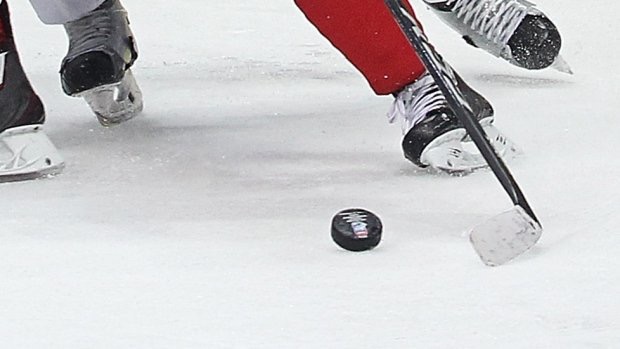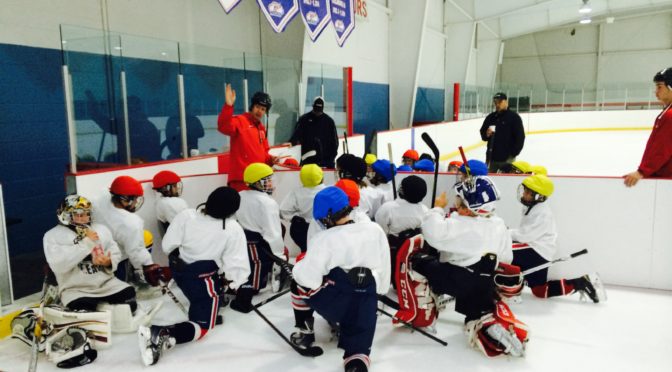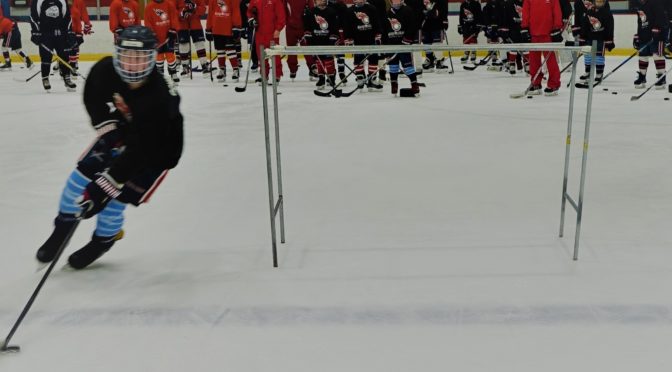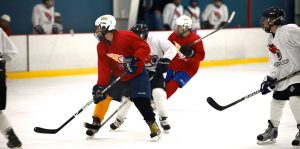13
November
Breakaway Scoring & Successful Shootouts
Posted by Greg Carter

Is there any question that one of the most – if not the most – exciting moments of a game is a breakaway, or in the case of a tied game, a shootout. Throw in a penalty shot and you have a hat trick of thrilling plays! However when the moment pops up, and you find yourself picking up a loose puck and racing in alone, full speed towards the opposing goalie and a split second decision needs to be made, do you know whether you are going to shoot or deke?
Here Are 5 Keys To Scoring On A Breakaway, Shootout & Penalty Shot!
Keep The Goalie Guessing. Goalies try to ‘read’ players because if they know what a player is going to do, it’s much easier to stop the puck. So as a player, part of the strategy must include keeping the goalie guessing. This can be done by stickhandling the puck side to side, keeping your feet moving (more on this in a minute) changing speeds and other movements that will get the goalie moving laterally. Goalies love players who basically skate a straight line towards them and then stop moving their feet at the face-off dots, which usually means a shot is coming straight at them from an easy angle.
Keep Your Feet Moving. Whether you are going to deke or shoot, it’s important that players keep their feet moving to keep the goalie guessing. With your feet moving you can more easily change direction and speed which will get the goaltender moving laterally, which is always a good thing to free up more net. As soon as you stop moving your feet all of your momentum is slowed and options become limited. Keep your feet, and your options moving!
Keep Your Head Up. Players need to read what the goalie is doing and the only way to do so is with your head up. If a goalie comes out beyond the crease to challenge, it’s probably a better option to try and deke. If however, the goalie remains deeper in the crease, there likely will be plenty of net to shoot at. Keep your head up, pick a spot, make a decision and score the goal!
Change Your Release. Great goal scorers know that a big secret to scoring is changing the direction and timing of your release. Sometimes goalies can be surprised by a quick release that catches them off guard thinking a player is going to deke during a stickhandling move, but instead of sliding the puck forehand to backhand rips off a quick snap shot. Also, changing the direction of release can keep the goalie guessing, which is a key part of scoring success!
Practice Your Dekes & Dangles! When you see the best players score on incredible moves or super shots, they have all been practiced countless times. If you want to be a serious scorer, a great time to practice shootouts and breakaways is before or right at the end of practices. One great shootout player used to buy the goalie a Gatorade after every practice in return for getting on the ice early or staying a little late to help the player work on his breakaways. Turns out this player scored nearly every time!
Like anything in hockey and life, if you want to be good at it you need to practice, if you want to be great at it you need to practice even more! We hope you are having a great season and wish you and your family a great Thanksgiving holiday! We will be releasing our Summer Hockey School schedule in the coming weeks and we look forward to seeing you at the rink soon!






 Subscribe
Subscribe Subscribe
Subscribe




